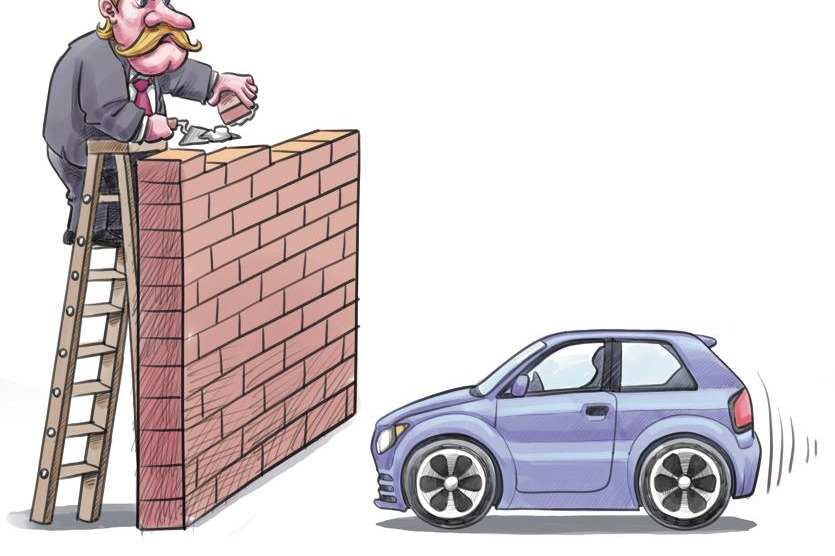On the road to quality urbanization

Rural revitalization a gradual process

Rural revitalization can hardly be accomplished at one stroke. To achieve that, at least a three-step process is required. By 2020 rural revitalization is expected to make vital progress with the establishment of a basic urban institutional framework and political system. By 2035 rural revitalization is likely to make decisive progress, when modernization of agriculture and the countryside is expected to be basically achieved. And by 2050 rural areas are likely to be totally revitalized, and the goals to strengthen agriculture, beautify the countryside and enrich the farmers achieved.
The three steps of rural revitalization are in accordance with the realization of the two centenary goals of Chinese Dream.
But rural revitalization has many models. First is the rural community member network model based on Internet Plus, which is basically aimed at alleviating poverty. The network promotes the development of a new type of agricultural business entities including farming households, farms and rural cooperatives, which can effectively lead the large number of farmers to emerge out of poverty, by substantially increasing their incomes.
Second is the development model that promotes the integrated development of rural primary, secondary and tertiary industries based on the actual local situations. For instance, Chishui in Guizhou province is home to the famous Danxia landform, a UNESCO World Natural Heritage site. The landform is beautiful, but it is very difficult to plant trees or till the land there. So people in Chishui grow Dendrobium nobile Lindl, which is a valuable Chinese herbal medicine. In fact, the herb grown on more than 80,000 mu (5,333.33 hectares) in Chishui every year is worth over 1 billion yuan ($156.48 million).
Third is the innovative business model that combines the rural community member network with targeted poverty alleviation projects and e-commerce. Based on e-commerce platforms for advanced agricultural products and agricultural big data, farmers can now easily sell their produce, which used to be difficult for them in the past. Through this channel, the authorities can help the farmers to build agricultural brands online as well as offline.
The fourth model focuses on achieving drastic industrial change based on urban technological resources. For instance, Luoshe town in Deqing county of Zhejiang province that has a population of less than 20,000 used to be famous for its woodworks and known as "the hometown of carpenters". Thanks to its accelerated industrial transformation, Luoshe has now become "the hometown of piano".
The fifth model focuses achieving on building a sound industrial chain for agricultural products. In addition, famous rural historical and cultural towns and villages should be protected during the process of rural revitalization and urban and rural integrated development, because it is vital to preserve our historical and cultural sites.

































